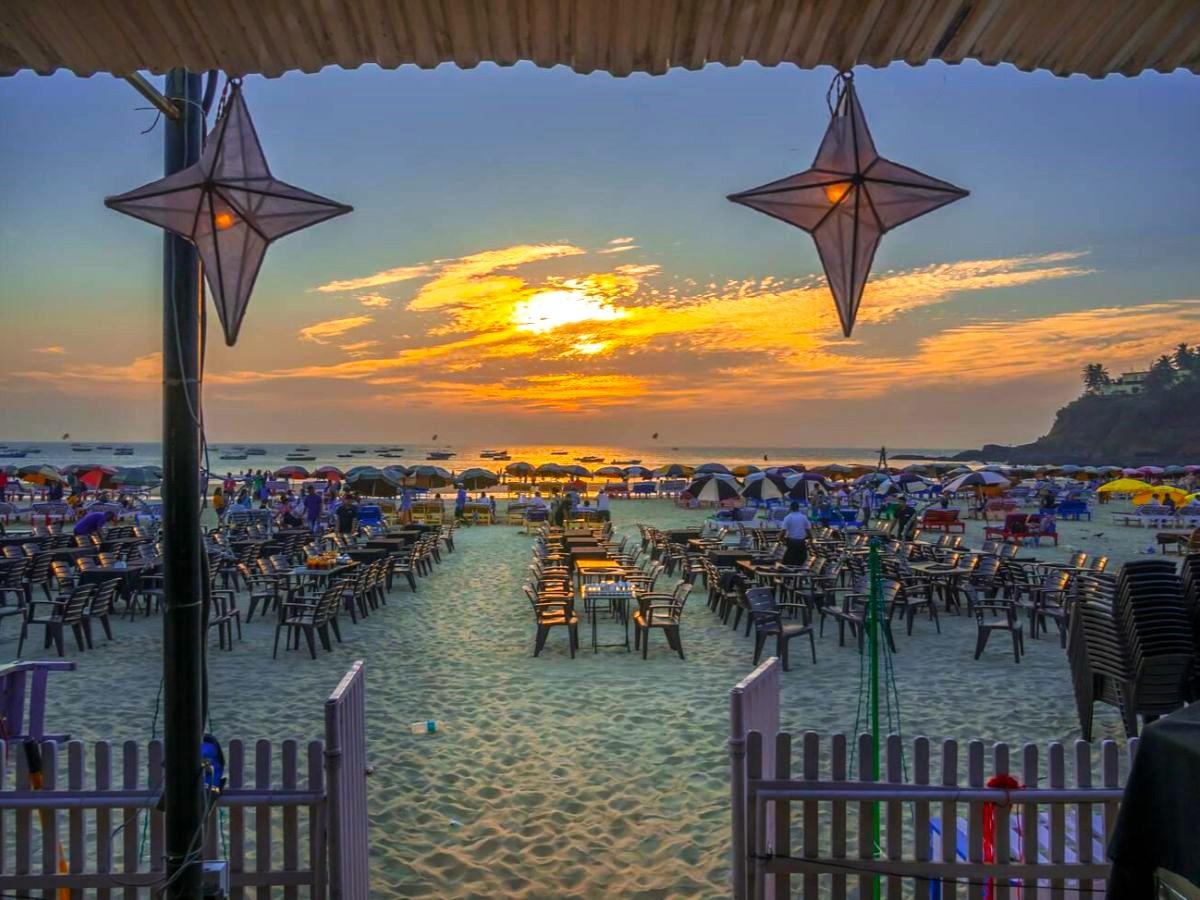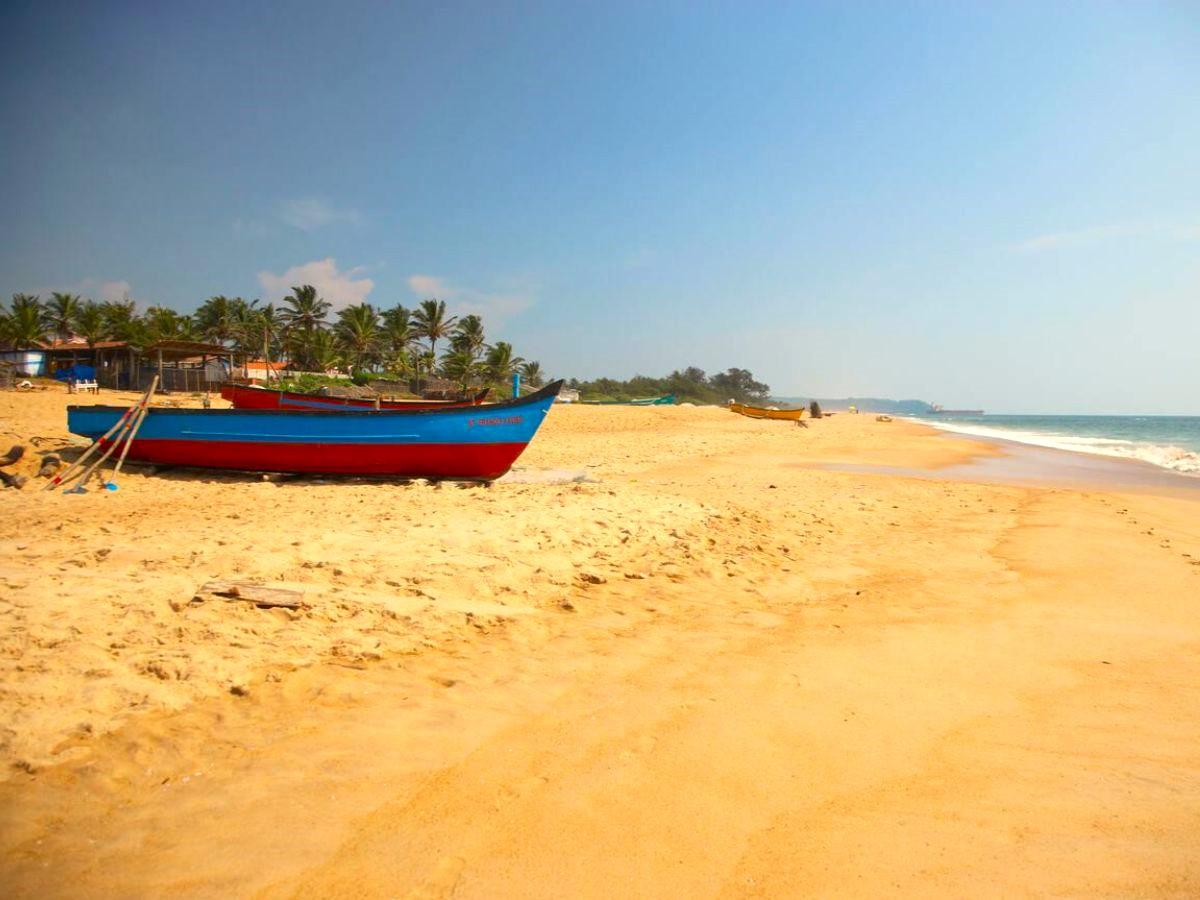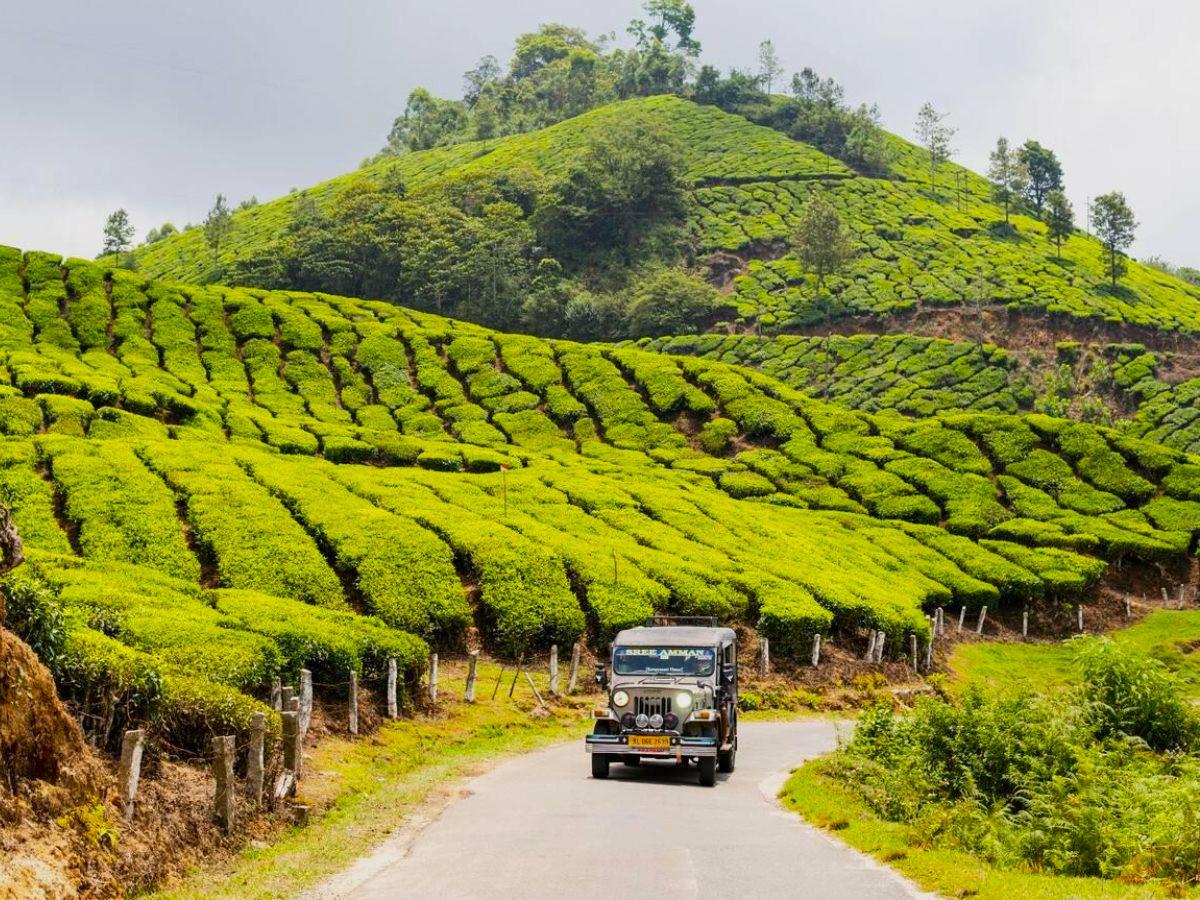Did you know these 12 facts about the Taj Mahal?
Uncover hidden stories behind the world's most iconic monument.

By Ruchi Joshi
22 Mar, 2023
"A teardrop on the cheek of time" is how Rabindranath Tagore, described the beauty and magnificence of the Taj Mahal. Taj Mahal attracts approximately 7 to 8 million visitors annually, keeping the gates crowded throughout the year. But little do people know this UNESCO World Heritage Site is more than just a symbol of love.
Read on to learn 12 unknown facts that would give more meaning to your next visit to the Taj Mahal.
Where Mughal splendour greets the world | Credits- redbus.in
1. A symbol of eternal love
Most people know Taj Mahal was built in the memory of Late Mumtaz Mahal, the wife of Shah Jahan, as a way to remember his wife. However, not many know that it is also the final resting place of both Shah Jahan and Mumtaz Mahal. Mumtaz died in Burhanpur, while giving birth to Gauhar Ara Begum. She was initially buried there but later her remains were brought to Agra. She finally rests in Taj Mahal, with her husband, Shah Jahan, who, after his death, was buried next to her in the monument.
2. Symmetrical design
Taj Mahal's architecture is a masterpiece of bilateral symmetry, with every element meticulously placed to create a perfect mirror image on either side of a central axis. The intricate details, from the minarets to the gardens, are arranged with such precision that it's almost as if the monument were drawn with a ruler.
The Taj Mahal's perfect symmetry captured from the sky | Credits- cnet.com
3. A fusion of cultures
The Taj Mahal is a sublime amalgamation of architectural influences. While its core is undeniably Islamic, with its grand central dome, minarets, and arches, it seamlessly incorporates elements from Persian and Indian traditions. The intricate pietra dura inlay work, a hallmark of Mughal artistry, is a Persian influence, while the harmonious integration of the monument with its surrounding gardens reflects a distinctly Indian aesthetic.
4. The use of Multani Mitti to avoid discolouration
The Taj Mahal is a part of the rich Indian history and it is important to preserve the opulence and grandiosity of this heritage. Due to the rising amount of air pollution, the concern regarding the yellowing of the white marble of the Taj is rising and to combat the issue at hand Archaeological Survey of India used Multani Mitti on certain portions in 1994. Furthermore, the results were surprising as this mud pack was an effective strategy to handle the discolouration of the historical monument.
A detailed flower adorns the white marble wall of the Taj Mahal | Credits- indiamike.com
5. No-fly and no-vehicle zone
To further protect the Taj Mahal from discolouration, the Archaeological Survey of India and the Government made it a no-fly and no-vehicle zone. So, no polluting vehicles are allowed within 500 meters radius of the Taj Mahal. Only battery-operated buses and golf carts are permitted around the complex. It is also a no-fly zone.
6. One of Seven Wonders of the World
While you know the story about how the Taj Mahal came into being, you should also know that it was included in the seven wonders of the world in 2007. It was also declared a UNESCO World Heritage Site in 1983. It was one of the first sites to be listed, along with the Ajanta Caves, Ellora Caves, and Agra Fort.
7. Taj Mahal's minarets as a brilliant safety feature
The 4 minarets surrounding the Taj Mahal are not perpendicular; instead they are slightly leaning on the outward side? Do you know why? It is a smart architectural decision. Incidentally, to protect the main dome and building of the Taj Mahal in case of calamities like earthquakes, the pillars are constructed with an outward leaning so that even if they fall off, the main building remains safe.
A closer look at the Taj's artistry | Credits- stock.adobe.com
8. Over a 1000 elephants were employed for construction
Can you imagine the sheer scale of construction needed to create a masterpiece like the Taj Mahal? Over a 1000 elephants were employed to transport the enormous quantities of marble, sandstone, and other materials required for this architectural marvel. Their incredible strength was essential to the building process, making them invaluable contributors to this iconic monument of love.
9. Bamboo shields were used to protect Taj Mahal during wars
During any war, enemies mostly target the most precious monuments like the Taj Mahal. The Archeological Survey of India, on numerous occasions, has had to conceal Taj Mahal so that it can not be spotted and targeted. Once it was during World War II and another time during the India-Pakistan war in 1971. It was covered with a huge scaffold to make it appear like a stockpile of bamboo.
10. Taj Mahal's existence hinges on the presence of the Yamuna river
Located right on the banks of River Yamuna, the Taj Mahal is like a Taj (crown) of the city of Agra. In order for that to happen, the location of the river proved to be a boon. An interesting fact about the Taj Mahal is that if the Yamuna was not there, it would never have been built. You might not know but the foundation of this monument is made out of timber. Moreover, it needs moisture to keep up its strength. Luckily, since it is on the banks of Yamuna, the wood constantly gets the required wetness to hold the magnificent Taj Mahal.
Ant view of the grandeur Taj Mahal | Credits- globeguide.ca
11. A kaleidoscope of colours throughout the day
If you spend one whole day observing or visiting the Taj Mahal during the different hours of the day, it appears to be changing colours. Particularly in the early morning hours, you find the Taj Mahal with a tinge bit in pinkish hue while the orange overpowers at sunset hours and on a full moon night, expect it to shine in a milky white appearance.
12. Never illuminated with lights
Most historical monuments are decorated with lights at dusk to make them look even more attractive and alluring but not the Taj Mahal. Here’s why - lights attract insects and insects would leave behind their excrement, potentially tarnishing the historical monument. To avoid such scenarios and also security threats, the Taj Mahal is not decorated with lights.
Now, if all of this makes you even a tiny bit interested in booking a trip to Agra, go for it. But, aside from your travel tickets, make sure to book your stay in advance. Like mentioned above, the city is crowded all throughout the year and hence, you might not find good accommodations unless booked in advance. You can book your stay at The Hosteller, Agra for a comfortable and never-before experience.
thehosteller







